I need to caution: I'm absolutely beginner in electronics! :) I'm stacked with the difference between rectifier and zener diodes. I've already read all the answers at https://www.quora.com/What-is-the-difference-between-a-diode-and-a-Zener-diode, but still have some significant doubts..
When I search for diodes on aliexpress there are always difference in how the parameters of rectifier and zener diodes are specified (by provides that sell them). For example, some shops specify only amperage and voltage for rectifier diodes (eg 5A/100V). When it comes to zener diodes, they specify only watts and voltage (eg 0.5W 10V). Why?
As I understand the principle differences are (1) Zener diod can conduct current in opposite dirrection without damaging, when Vz is reached and (2) the maximum reverse voltage of rectifier diod (before it will burn out or conduct and burn out anyway) is much higher. Also I have assumption that Zener diod conduct only specified/rated voltage in contrast to rectified. It will be great if somebody shed light on V/A/W properties and their differences on each type.

